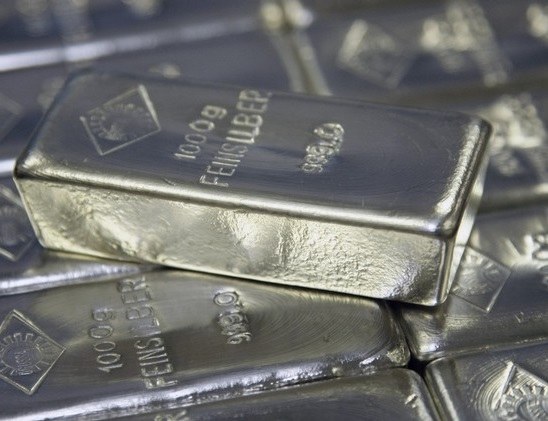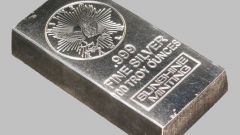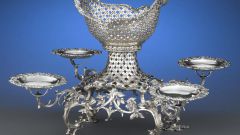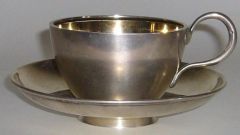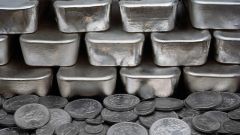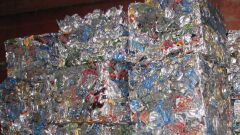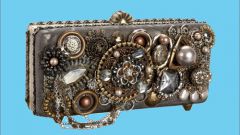Silver, like other precious metals, jewellery in the Russian practice it is accepted to mark a special designation which is called the sample.
Most of the precious metals in pure form is not very convenient to use, including in the jewelry industry: they are too soft, bend easily and, consequently, quickly lose their aesthetic properties. So they decided to combine with various additives that improve their quality. Accordingly, the silver used in the manufacture of jewelry, like other precious metals, is actually an alloy of pure silver with other metals.
The ratio of the precious metal and the additive in the composition of the alloy is denoted by the sample. In fact, the sample is a token indicating the content of pure precious metal in the specific alloy. In the Russian jewelry industry there are five main types of samples. The lowest - 830 test, means that the composition of this alloy contains 83% of silver, respectively, 17% other metals, which are usually base.
Other samples which can be seen on the jewelry market, are 875, 925, 960 and 999. As follows from the very concept of tests, 999 is the highest: it contains 99.9% pure silver and 0.1% impurities.
925 hallmark of silver most often used for the production of jewelry, because it is the most practical combination of pure silver and impurities, the alloy provides ease of operation. 925 hallmark means that this alloy contains 92.5% of silver and 7.5% additives.
As a Supplement to silver this sample commonly use copper. It gives the alloy a high level of durability that allows you to exploit the product for a long time. This sample of silver is also called sterling or just sterling, because the metal used for casting silver coins in England, which is an additional indication of its high iznosostoikost. The alloy 925 has considerable plasticity, which enables to produce from it a variety of forms, creating unique jewelry.
Experts in the field of jewelry industry are attempting adding in the silver and other types of impurities, however, the results of these experiments show that the alloy in this case either inferior to sterling silver on its properties, or becomes too expensive, as, for example, when adding silver to platinum. So today it is the silver-copper alloy is considered the standard of 925 sterling silver.
A sample of silver
Most of the precious metals in pure form is not very convenient to use, including in the jewelry industry: they are too soft, bend easily and, consequently, quickly lose their aesthetic properties. So they decided to combine with various additives that improve their quality. Accordingly, the silver used in the manufacture of jewelry, like other precious metals, is actually an alloy of pure silver with other metals.
The ratio of the precious metal and the additive in the composition of the alloy is denoted by the sample. In fact, the sample is a token indicating the content of pure precious metal in the specific alloy. In the Russian jewelry industry there are five main types of samples. The lowest - 830 test, means that the composition of this alloy contains 83% of silver, respectively, 17% other metals, which are usually base.
Other samples which can be seen on the jewelry market, are 875, 925, 960 and 999. As follows from the very concept of tests, 999 is the highest: it contains 99.9% pure silver and 0.1% impurities.
Composition 925 silver
925 hallmark of silver most often used for the production of jewelry, because it is the most practical combination of pure silver and impurities, the alloy provides ease of operation. 925 hallmark means that this alloy contains 92.5% of silver and 7.5% additives.
As a Supplement to silver this sample commonly use copper. It gives the alloy a high level of durability that allows you to exploit the product for a long time. This sample of silver is also called sterling or just sterling, because the metal used for casting silver coins in England, which is an additional indication of its high iznosostoikost. The alloy 925 has considerable plasticity, which enables to produce from it a variety of forms, creating unique jewelry.
Experts in the field of jewelry industry are attempting adding in the silver and other types of impurities, however, the results of these experiments show that the alloy in this case either inferior to sterling silver on its properties, or becomes too expensive, as, for example, when adding silver to platinum. So today it is the silver-copper alloy is considered the standard of 925 sterling silver.
